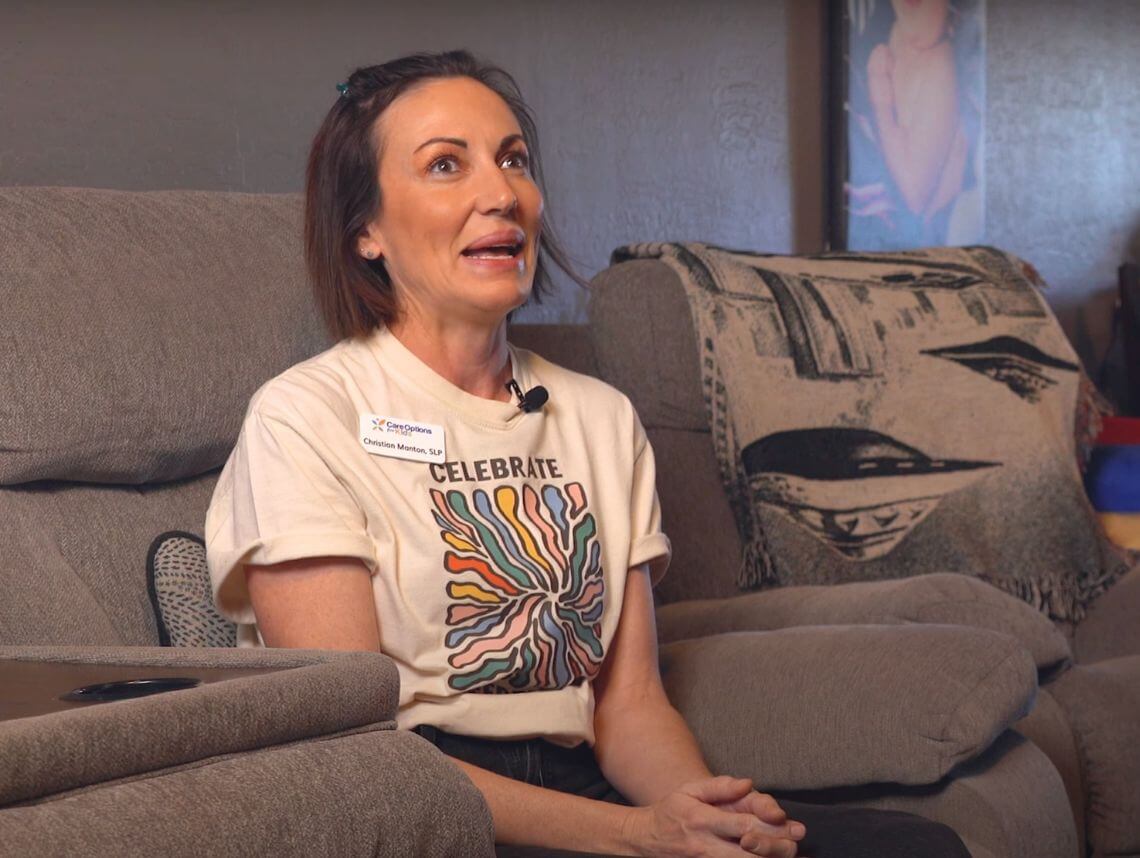Solace Blog
- Activities19
- Autism & Behavioral4
- Community154
- Early Intervention71
- Events & Giving Back20
- Extraordinary Kids22
- Family Caregiver4
- Home Care Therapy60
- News94
- Parent Articles83
- Patient Testimonial21
- Pediatric Therapy77
- Pediatric Therapy Career46
- Private Duty Nursing1
- School-Based Services1
- Telehealth Therapy27
- Tips & Advice66
Summer Reading List: Books to Inspire Therapist Growth
Cooling Off with Aquatic Therapy: Benefits and Best Practices
Sensory Activities For Kids

From School To Home: Christian’s Shift To Impactful Therapy
Speak, Listen, Connect: 6 Communication Strategies for Therapists
CEO Darcie Peacock Remains Focused on Increasing Access for Children, Delivering Highest Level of Care
Skedulo platform investment has led to improved efficiency and satisfaction for Solace’s mobile clinical workforce
For many years the staff at Solace Pediatric Healthcare faced the same referral and scheduling challenges as other industry leaders. With no specialized scheduling system for in-home pediatric care on the market, home care agencies had to create their own methods of scheduling services with clinicians and their families. From an operations standpoint, this made it difficult to connect the best clinician to meet a child’s specific needs or to minimize drive time for clinicians. It created challenges internally for tracking purposes, collecting data, and assessing needs from a hiring standpoint. In addition, the lack of a formalized scheduling system would often result in delayed services.
When children need evaluations and therapy, but services are delayed, it can create unnecessary stress for families. Solace works with physicians and families to ensure there is no wait list for children needing care, as well as working with clinicians to provide the resources they need to deliver the highest level of care.
A true visionary, CEO Darcie Peacock knew resources needed to be utilized more effectively. Over the past several years she led the effort by investing in scalable and integrated technology for Solace clinicians and families, while supporting increased quality of care for more children and increasing efficiency.
In a recent Wall Street Journal article, Peacock shares her experience with the Skedulo platform, which has removed administrative burdens, increased access to more children and families, reduced drive times and no-shows, and increased clinician/patient satisfaction.
Share this Post